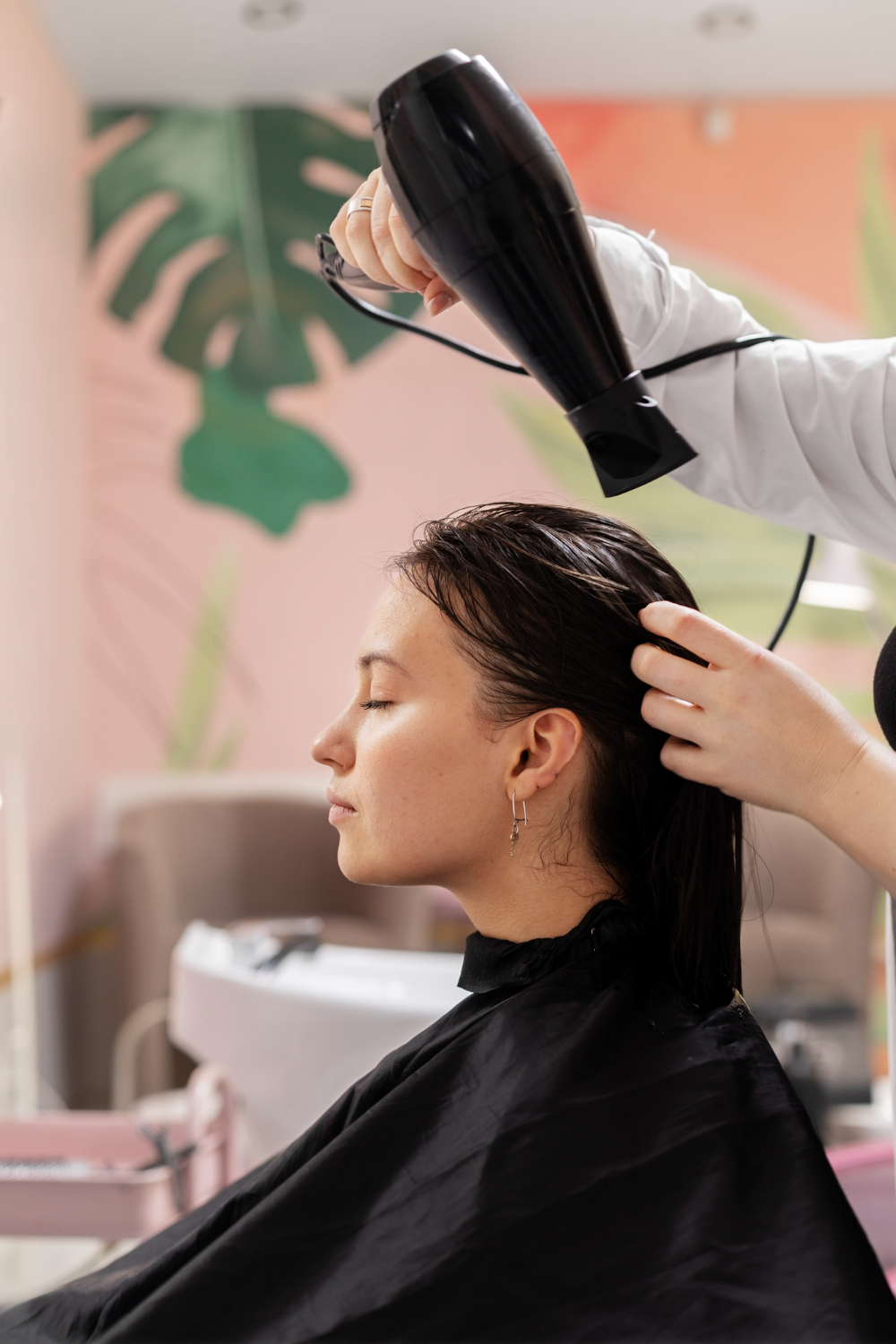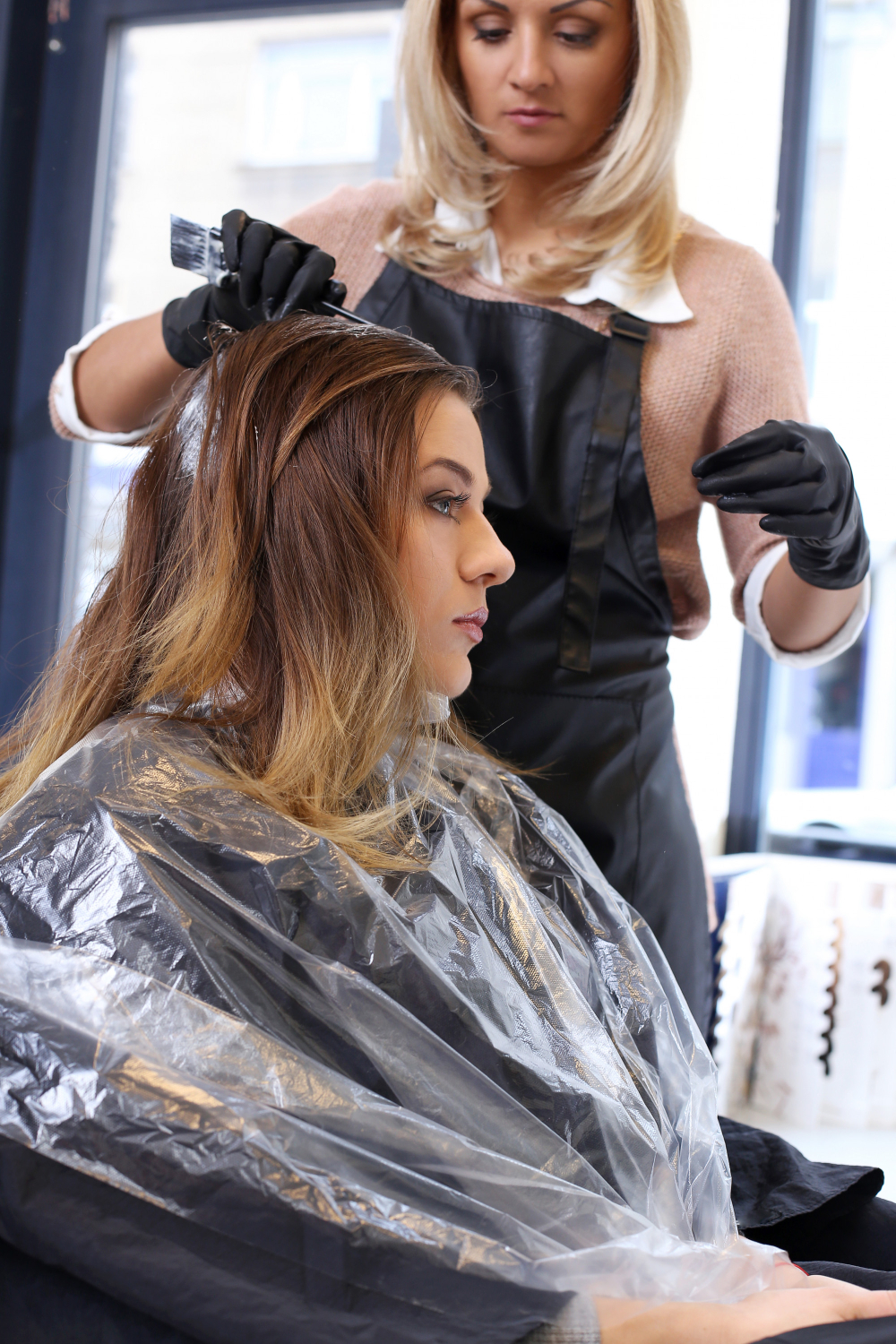When colouring, knowing your hair type is crucial. For a primary overview of your hair’s makeup, look at our Hair Science. Once you know a bit about the makeup of your hair, it’s important to understand how it influences your hair. Your natural hair pigment, called melanin, stays in the cortex of your hair – which are the cells aligned along with the hair fibre. This is why hair colouring also occurs in the cortex since it impacts the natural pigment of your hair.
Your current hair colour (natural or previously coloured) makes a difference in how non-permanent or permanent hair colour turns out. If you’re not sure what shade to select, go with this longstanding hair colour rule – you can adjust your hair colour successfully up to three shades lighter or darker than your starting colour. For example, if you presently have medium brown hair, you could lighten it to a light brown or a dark blonde or go darker to dark brown.
Additionally, hair type makes a difference. Coarse hairs, which are prominent in diameter, generally take more time to absorb colour, while fine hair, which is small in diameter, takes less time to absorb the dye. Dry or permed hair may absorb colour more quickly. Since several elements impact timing, it’s essential to use a strand test to estimate colouring time.


Natural Hair Colour
People have been colouring their hair for ages using plants and minerals. Some natural agents include pigments (e.g., henna, black walnut shells), while others control natural bleaching agents or cause reactions that change hair color (e.g., vinegar). Natural pigments typically work by coating the hair shaft with colour.
Temporary Hair Color
Temporary or semi-permanent hair colours may deposit acidic dyes onto the exterior of the hair shaft or may consist of tiny pigment molecules that can descend inside the hair shaft, using a little peroxide or none at all. In some cases, several colourant molecules penetrate the hair to form a larger complex inside the hair shaft. Shampooing will ultimately dislodge temporary hair colour.
Hair Lightening
Bleach is used to lighten individuals’ hair. The bleach responds to the melanin in the hair, extracting the colour through an irreversible chemical reaction. The bleach deteriorates the melanin molecule. The melanin is still present, but the oxidized molecule is colourless. Nonetheless, bleached hair tends to have a pale yellow hue. The yellow colour is the natural colour of keratin, the structural protein in hair.
Permanent Hair Color
The outermost layer of the hair shaft, its cuticle, must be opened before permanent colour can be deposited into the hair. Once the cuticle is available, the dye reacts with the internal portion of the hair, the cortex, to deposit or remove the colour. Most permanent hair colouring products use a two-step process (usually co-occurring) which first extracts the original colour of the hair and then deposits a new colour.
Several types of alcohols and conditioners may also be present in hair colouring products. The conditioners seal the cuticle after colouring to seal in and guard the new colour.

We will always provide the best service for all of our beloved customers.